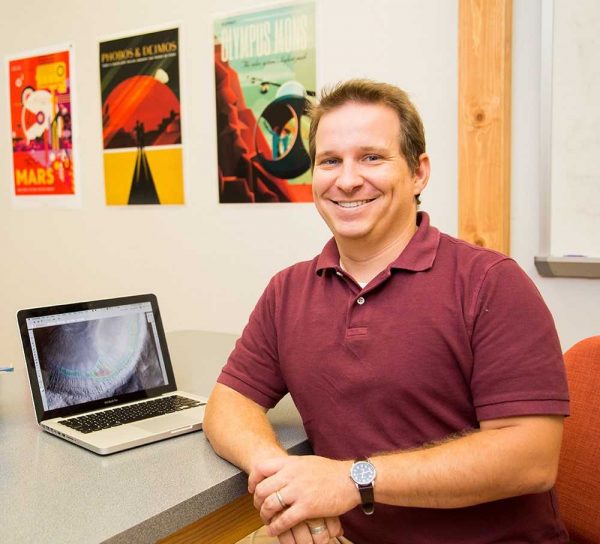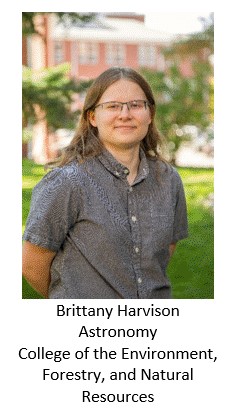
The orbiter, named Hope (Al Amal in Arabic), carries three science instruments including the Emirates Mars Infrared Spectrometer (EMIRS), an interferometric thermal infrared spectrometer developed by Philip Christensen of ASU’s School of Earth and Space Exploration with Christopher Edwards of NAU’s Department of Astronomy and Planetary Science, in a partnership with the MBRSC.
Read the full article here.
 The relatively tiny Trailblazer satellite, which will measure just 3.5 meters in length with its solar panels fully deployed, will spend more than a year orbiting the Moon at a height of 100 kilometers, scanning it with two instruments on board. Christopher Edwards, assistant professor in NAU’s Department of Astronomy and Planetary Science, will contribute to the instrumentation being developed for the satellite: a visible-shortwave infrared imaging spectrometer built by JPL…
The relatively tiny Trailblazer satellite, which will measure just 3.5 meters in length with its solar panels fully deployed, will spend more than a year orbiting the Moon at a height of 100 kilometers, scanning it with two instruments on board. Christopher Edwards, assistant professor in NAU’s Department of Astronomy and Planetary Science, will contribute to the instrumentation being developed for the satellite: a visible-shortwave infrared imaging spectrometer built by JPL…  Scientists say Saturn’s largest moon, Titan, is the only body in the solar system besides Earth with liquid on its surface. However, chemical elements behave very differently there in the extremely cold and dense atmosphere, with a temperature of minus 300 degrees Fahrenheit. For example, water forms Titan’s bedrock while methane acts much like water does on Earth—it flows, evaporates and rains down on Titan to form rivers, lakes and seas.
Scientists say Saturn’s largest moon, Titan, is the only body in the solar system besides Earth with liquid on its surface. However, chemical elements behave very differently there in the extremely cold and dense atmosphere, with a temperature of minus 300 degrees Fahrenheit. For example, water forms Titan’s bedrock while methane acts much like water does on Earth—it flows, evaporates and rains down on Titan to form rivers, lakes and seas.